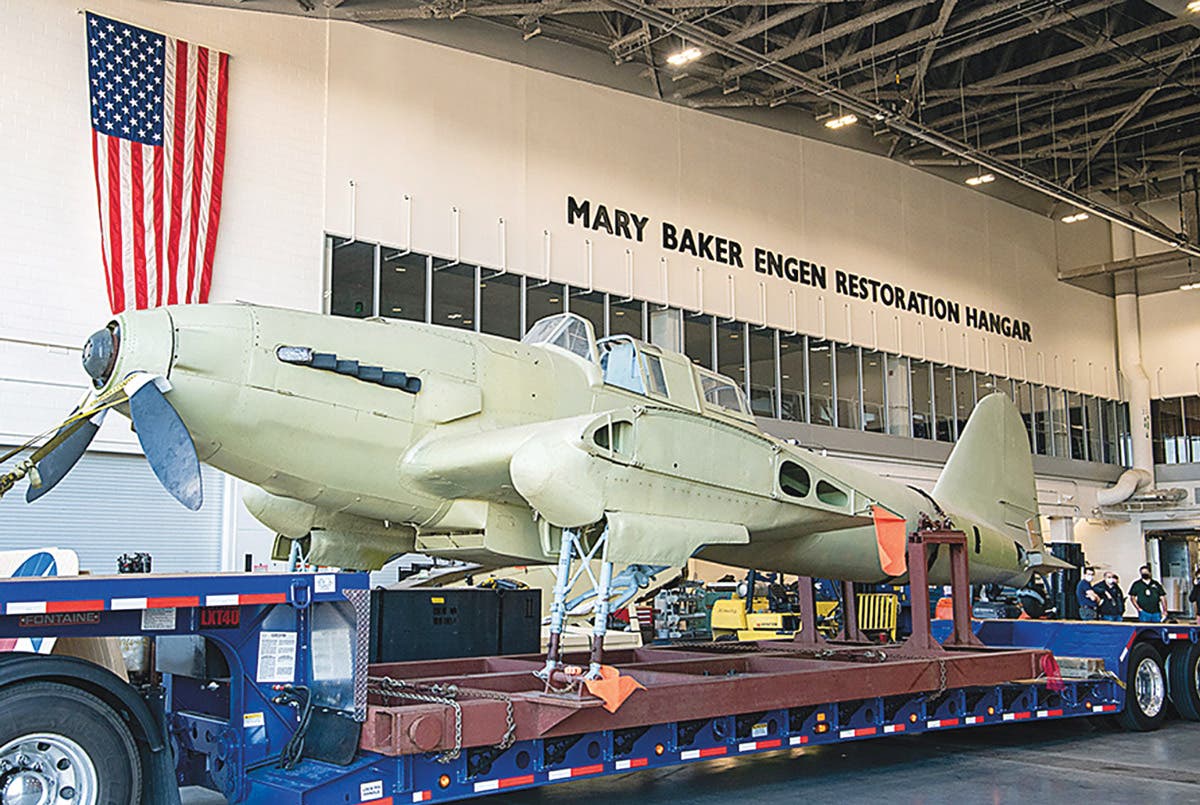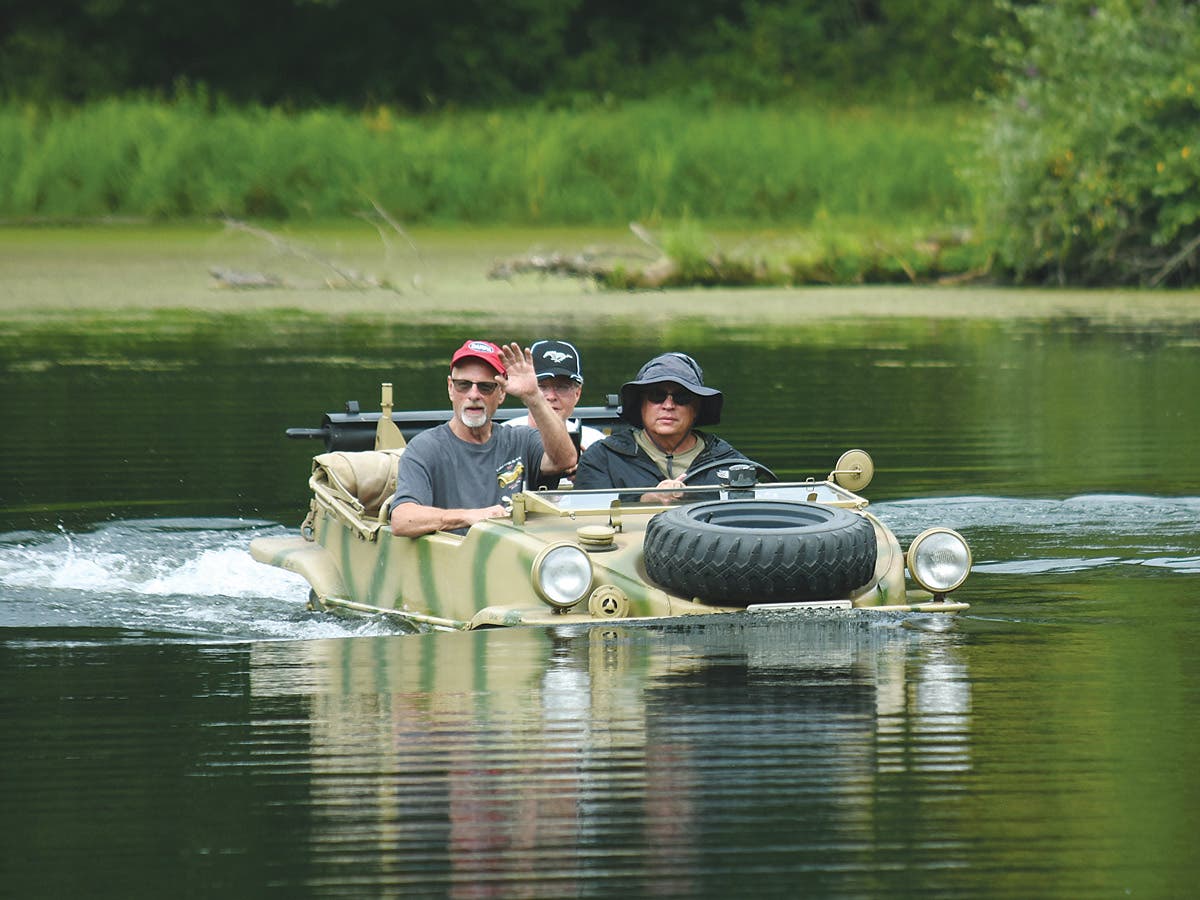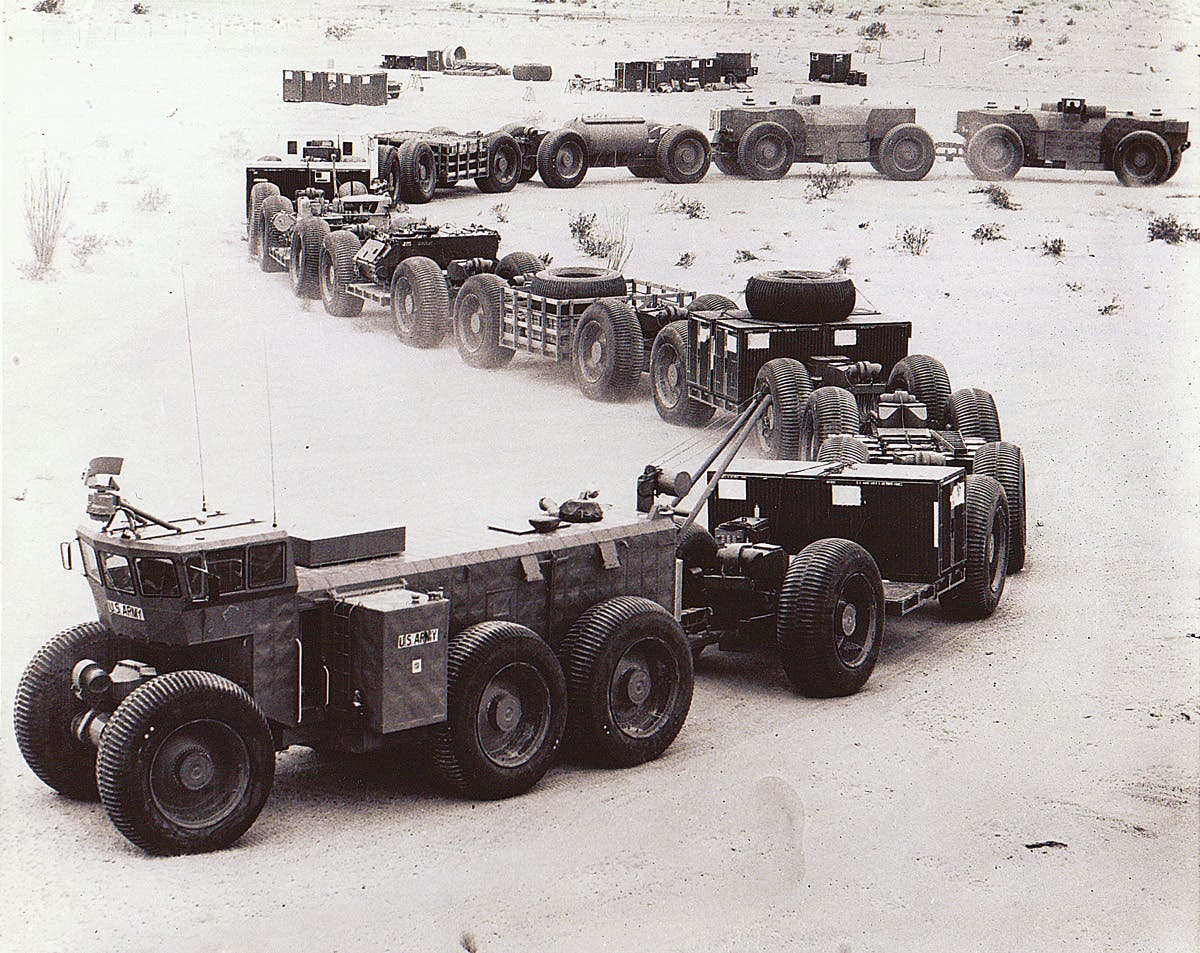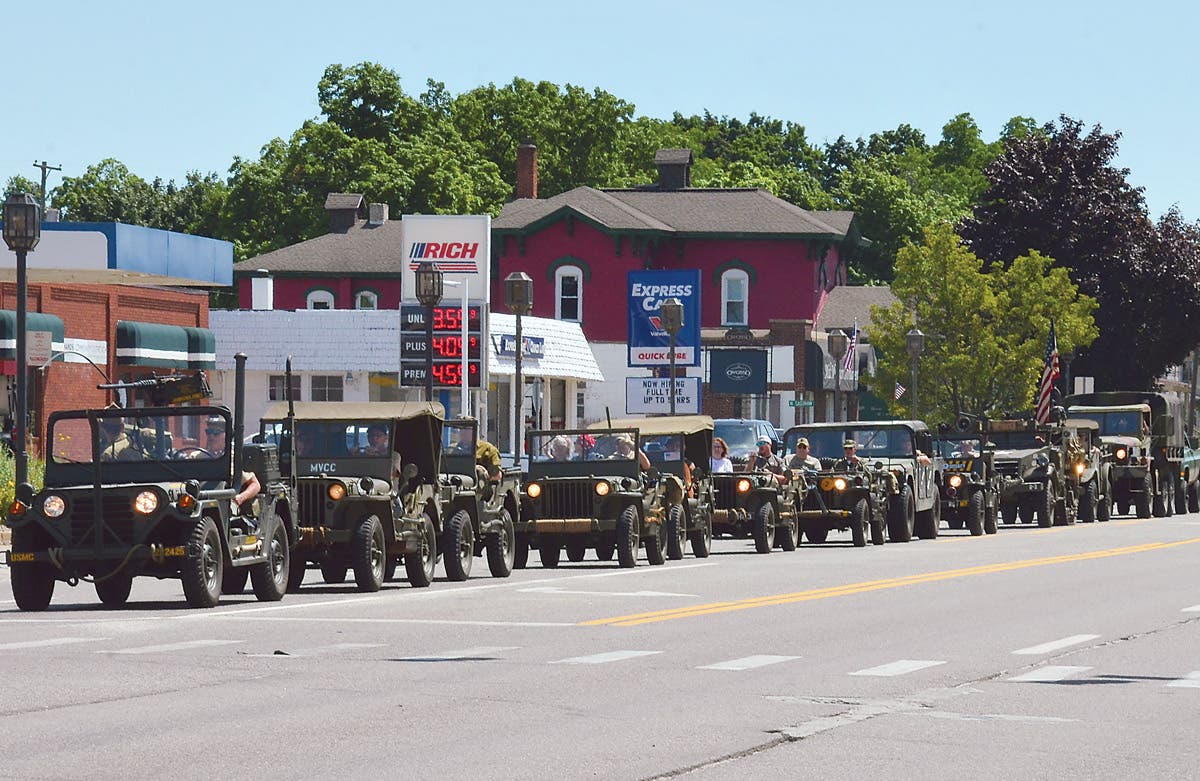These Johns “Pop” in more than one way!
An armored John Deere tractor? The idea was proposed in 1940, a prototype built, and testing began in 1941 at Aberdeen Proving Ground, Maryland. Today, two fine replicas are currently on display at the John Deere Collector Center in Moline, IL.
By Denise Moss & David Doyle
As original envisioned, the Armored Model A tractor had a narrow
front end. The tractor weighed 9500 lbs, had six forward gears and
one reverse, and a top speed on hard roads of 13 MPH.
In 1940 John Deere’s great grandson, C.D. Wiman, proposed to the U.S. Army that armored John Deere tractors be used as machine gun carriers – or at a minimum, as armored prime movers. Toward this end, a prototype was constructed based on the John Deere Model A, and shipped to Aberdeen Proving Ground, Maryland, where testing began in January 1941.
The narrow, tricycle-type front end with which the prototype was equipped proved to be wholly unsuitable, as it tended to bog down in sand and deep mud. Following February 19, 1941 recommendations from the army, the design was modified to include a wide front end. Further testing was done with this configuration, along with a similar unit, without the machine gun turrets, beginning in April 1941, with an eye toward the unit being used primarily as an armored prime mover.
Because of difficulty operating the narrow front end in deep mud
and sand, trials were made with a machine fitted with a wide front
end. Armament consisted of two caliber 30 machine guns in
armored turrets, with a crewman in each turret. Interphones
connected the gunners to the driver.
Even with these modifications, the armored John Deere proved to be unsuitable as a combat vehicle. John Deere, however, did make significant contributions to the war effort by producing M2 tractors, as well as tank transmissions and other war material.
With the originals long since lost as scrap metal, three John Deere enthusiasts, working in two groups, sat out to replicate these long-lost armored two-cylinder Deeres.
The tractor with the narrow front end was replicated by Brian Anderson, while the wide front end variant was recreated by Leo Milleman and Curt Clark, all of Iowa. With engineering data non-existent, the men were guided only by the nine known photos of the originals, three of which are reproduced here. The replicas can often be seen at farm equipment and military vehicle shows, and are currently on display at the John Deere Collector Center in Moline, IL.
The tractor was not really suitable as a combat vehicle, but a
similar variant was considered as an armored prime mover. The
trailer, seen here behind the tractor, was used to expedite the
movement of the unit to the front, with the tractor as payload.
With the tractor unloaded, the trailer was then to be towed behind,
laden with supplies.
CLICK HERE to tell us what you think in the Militaria Message Board








